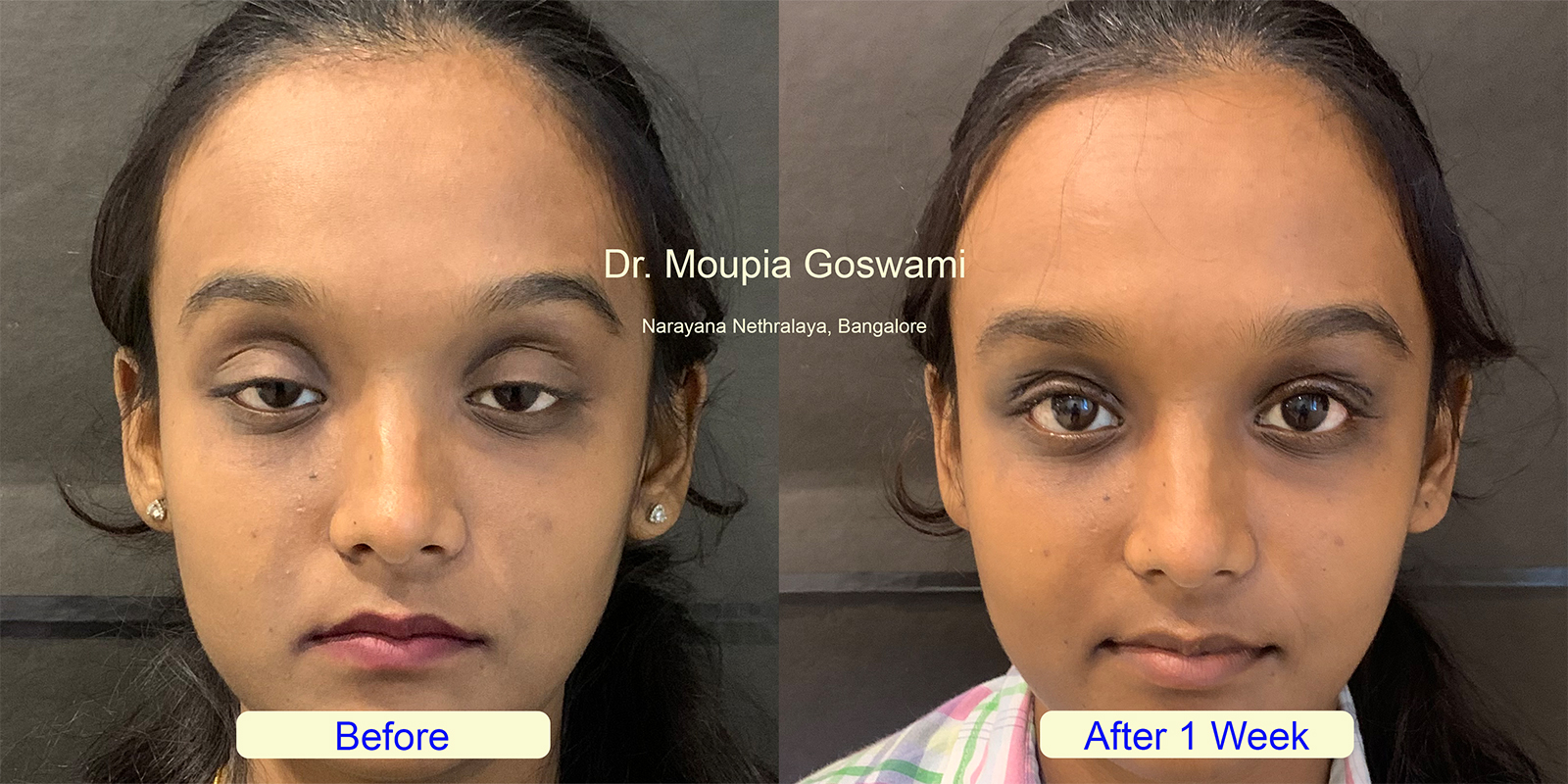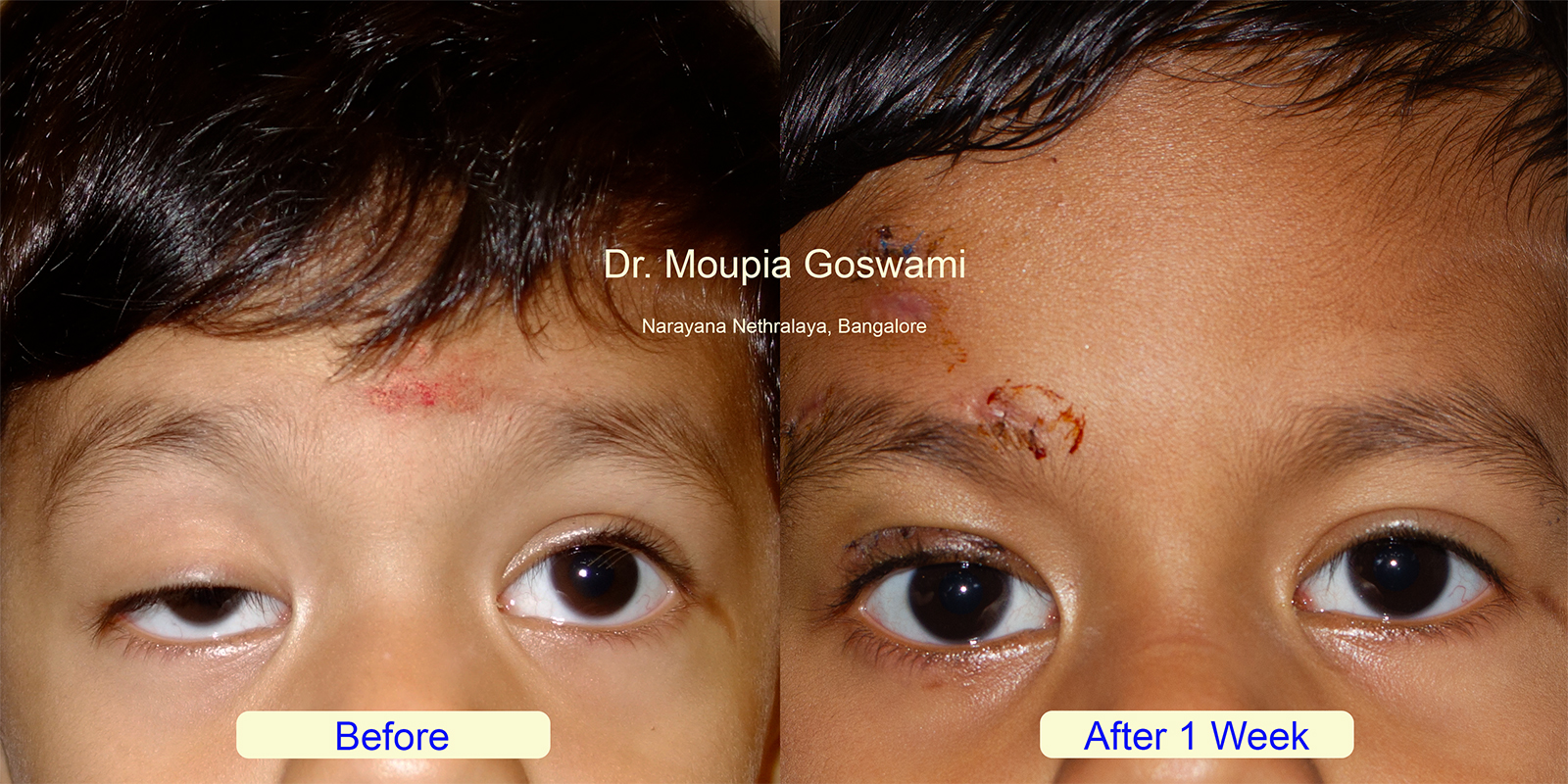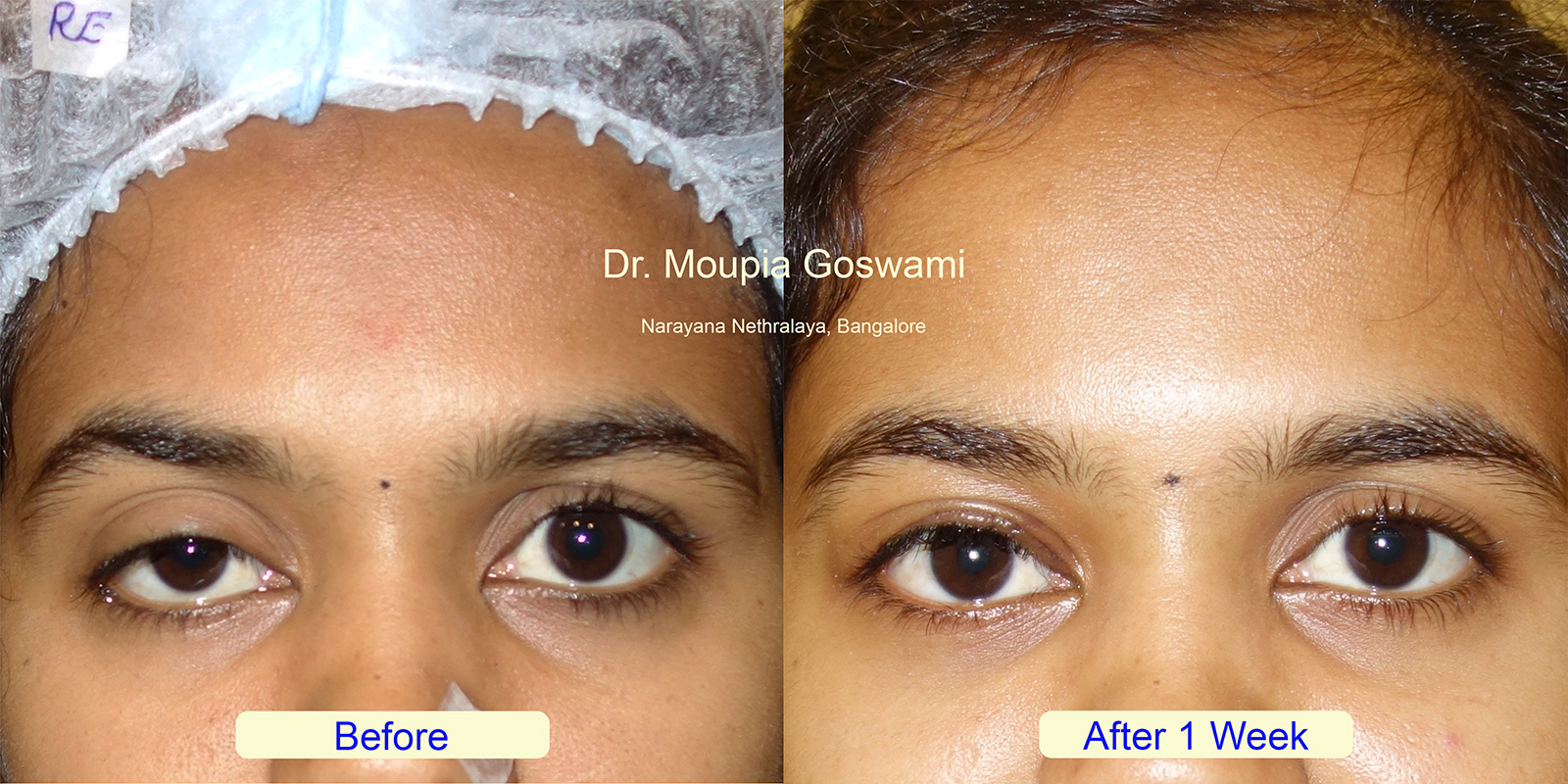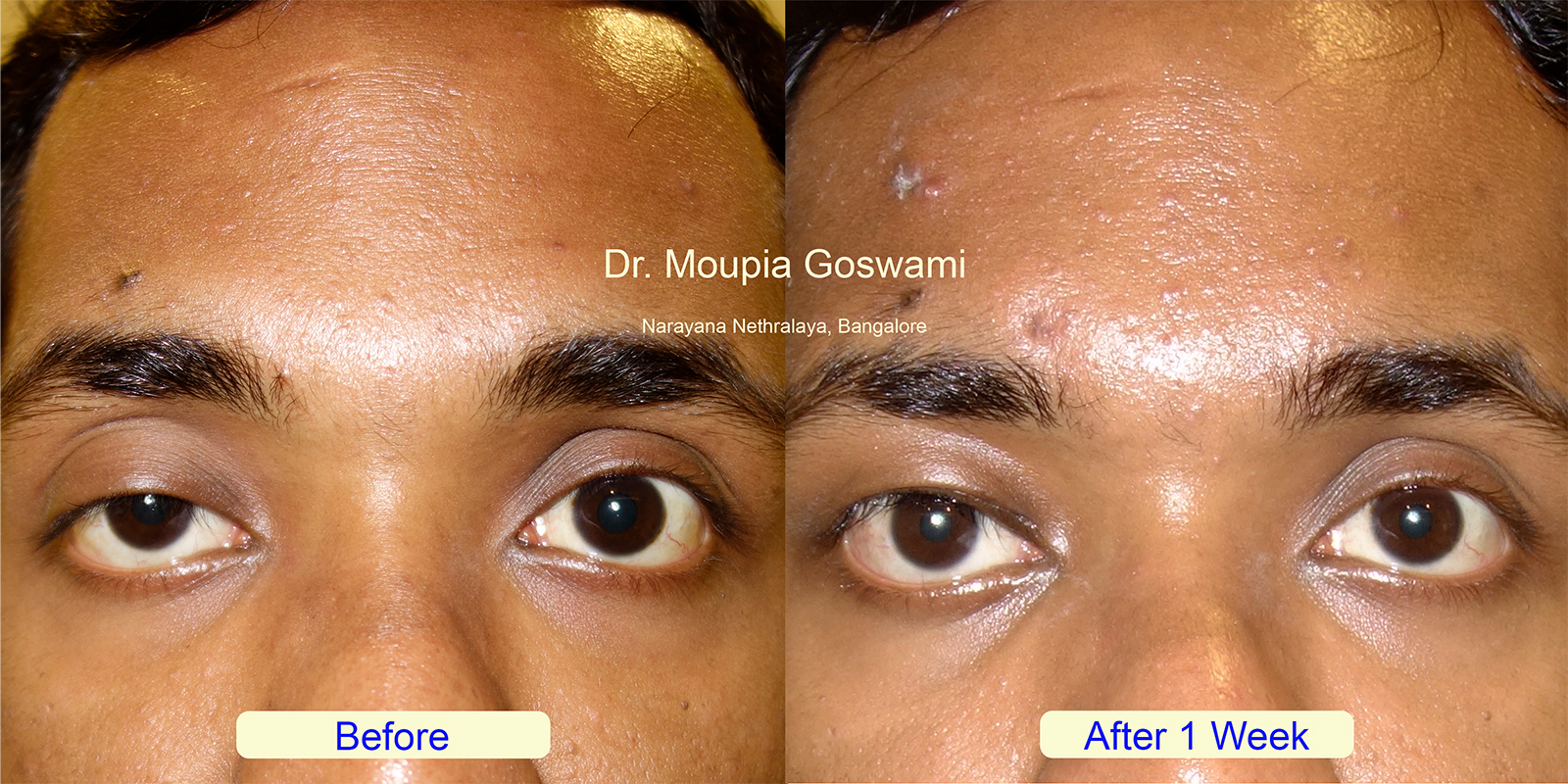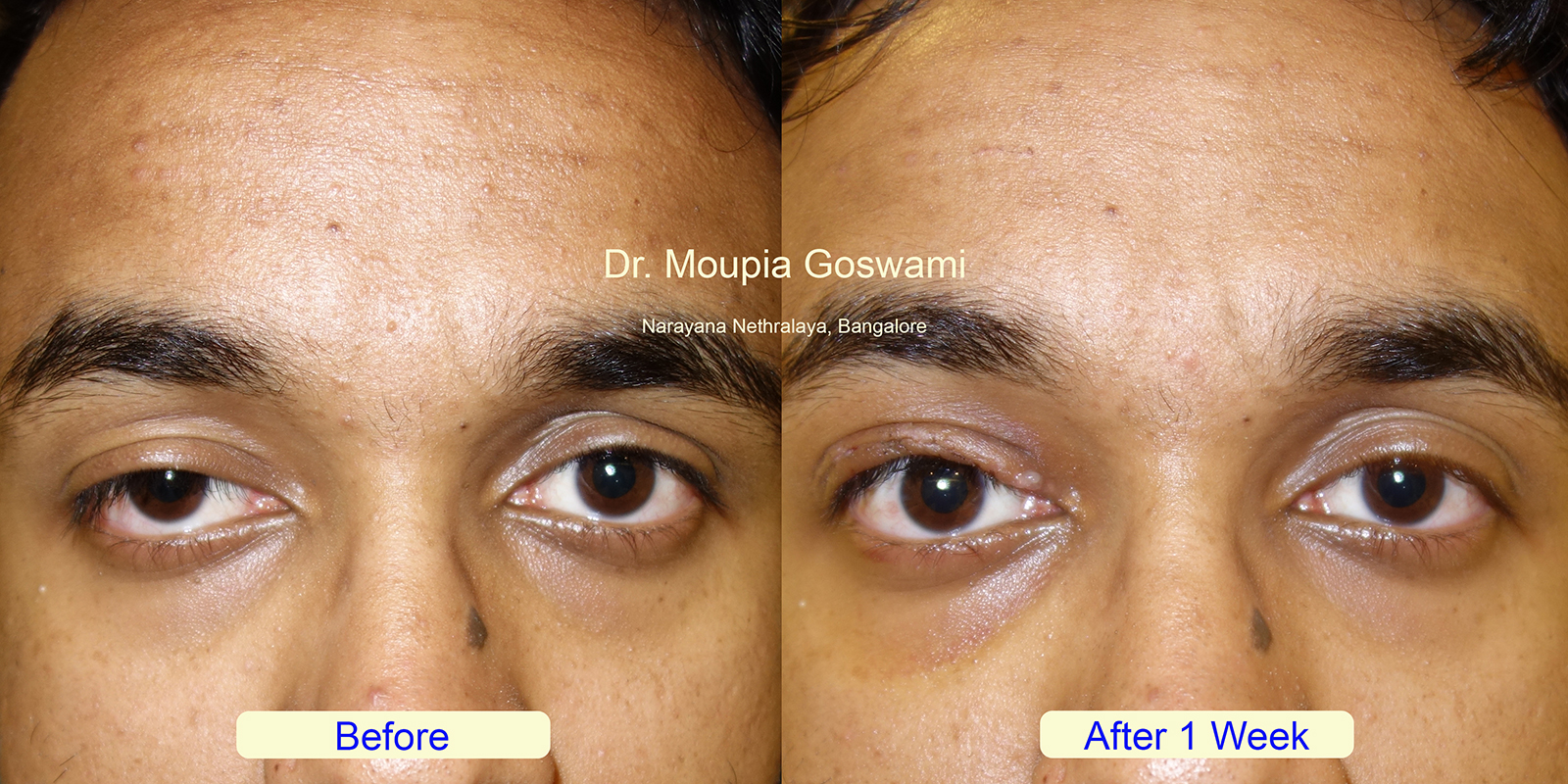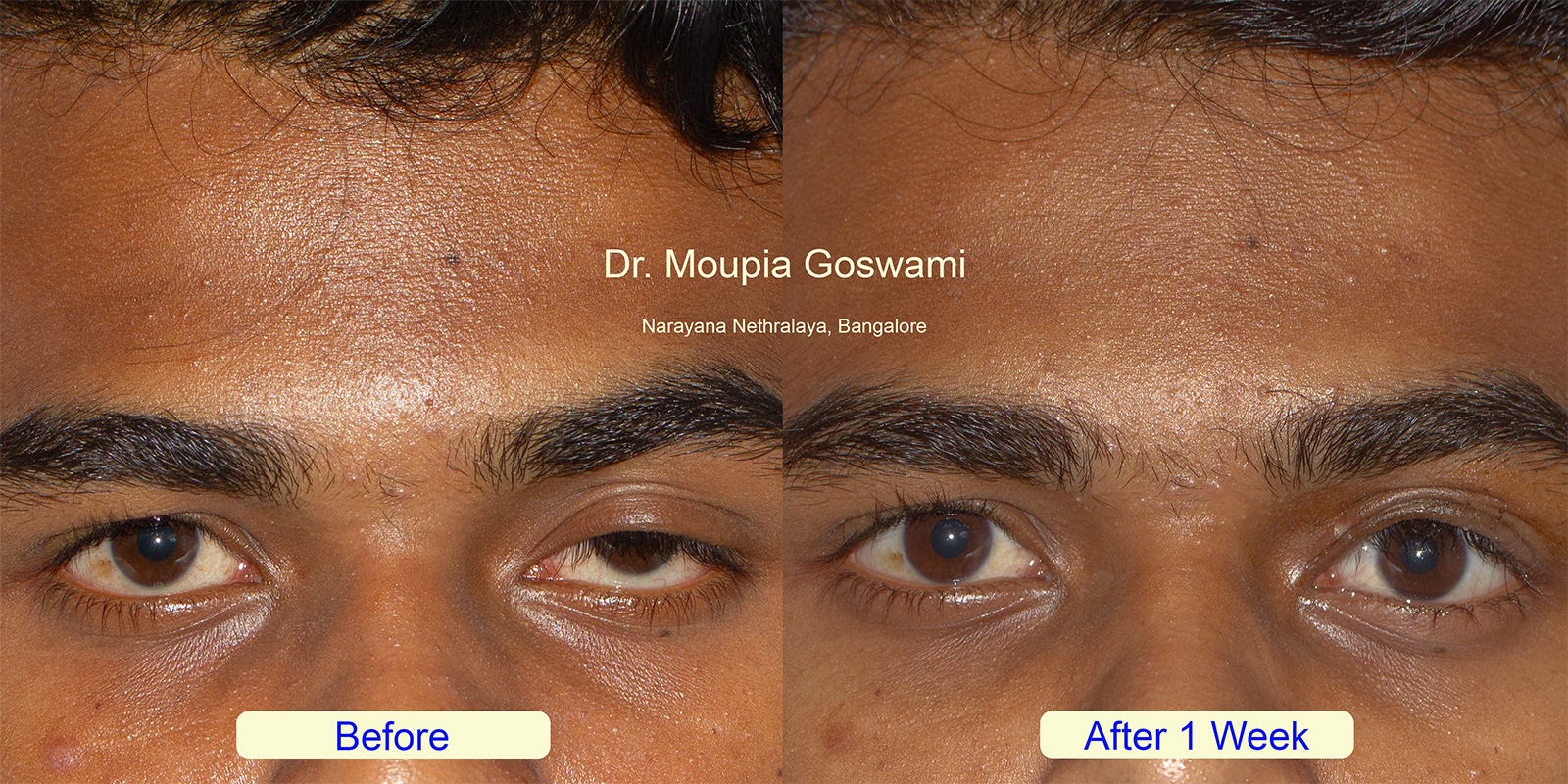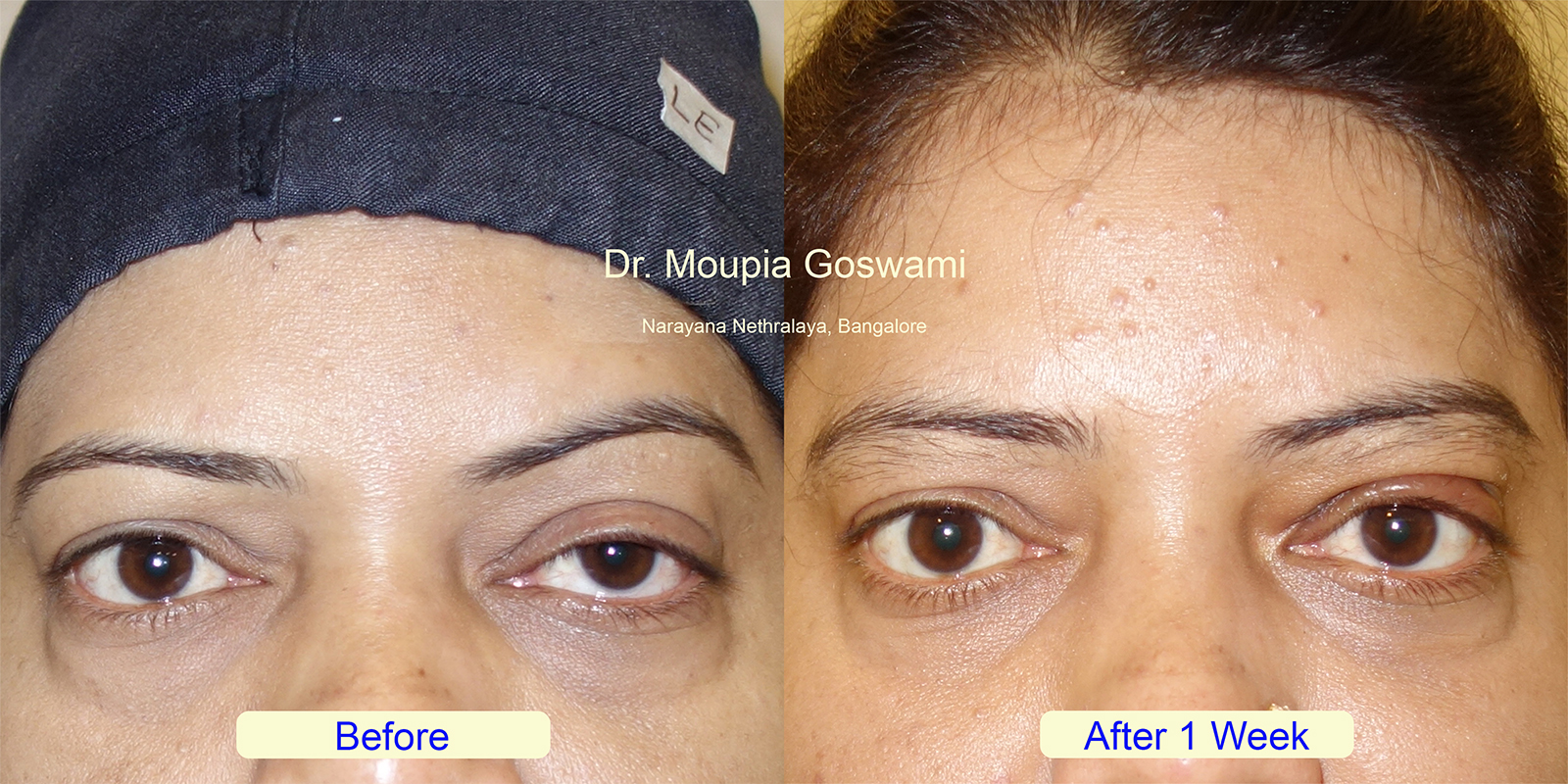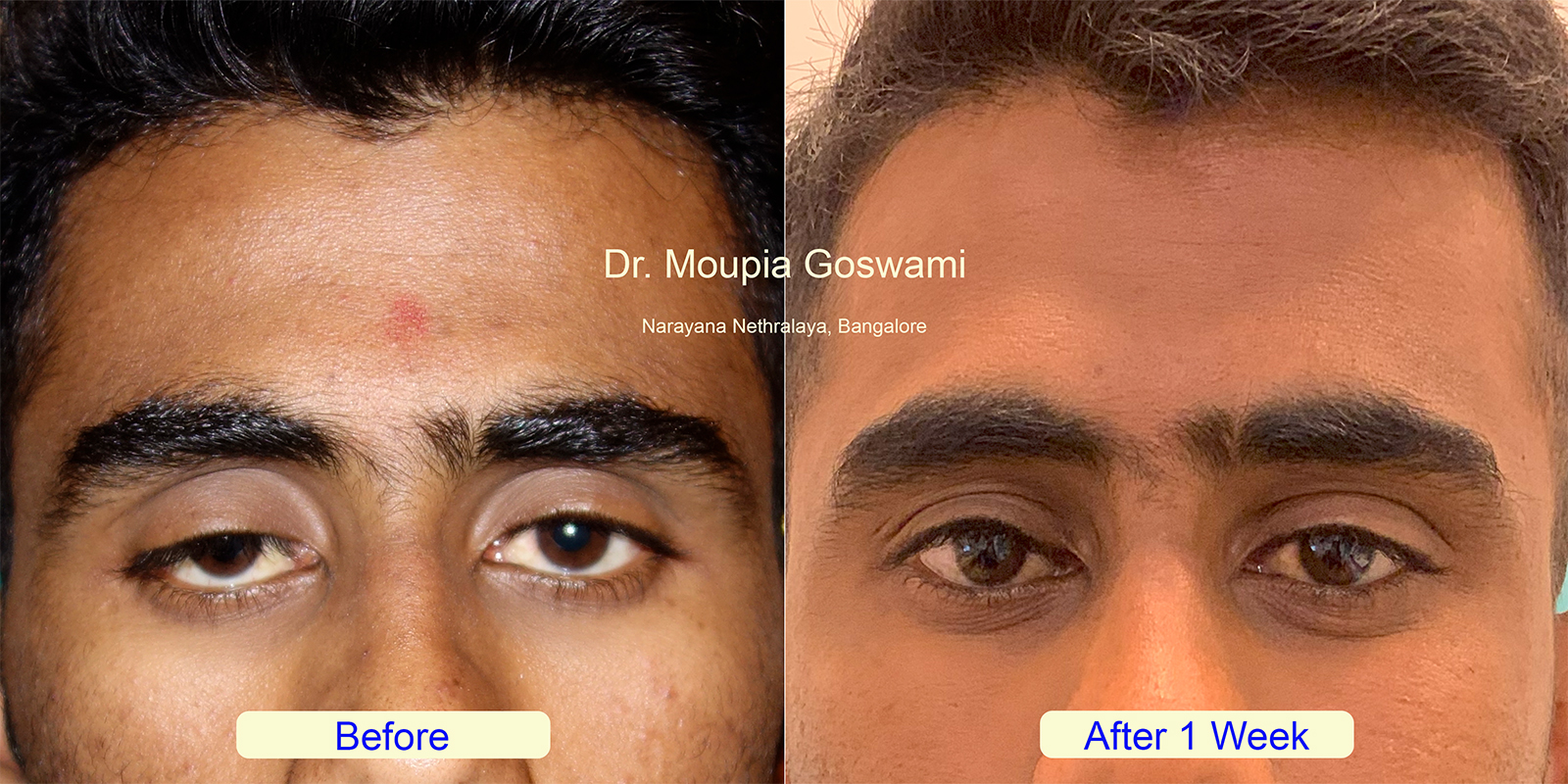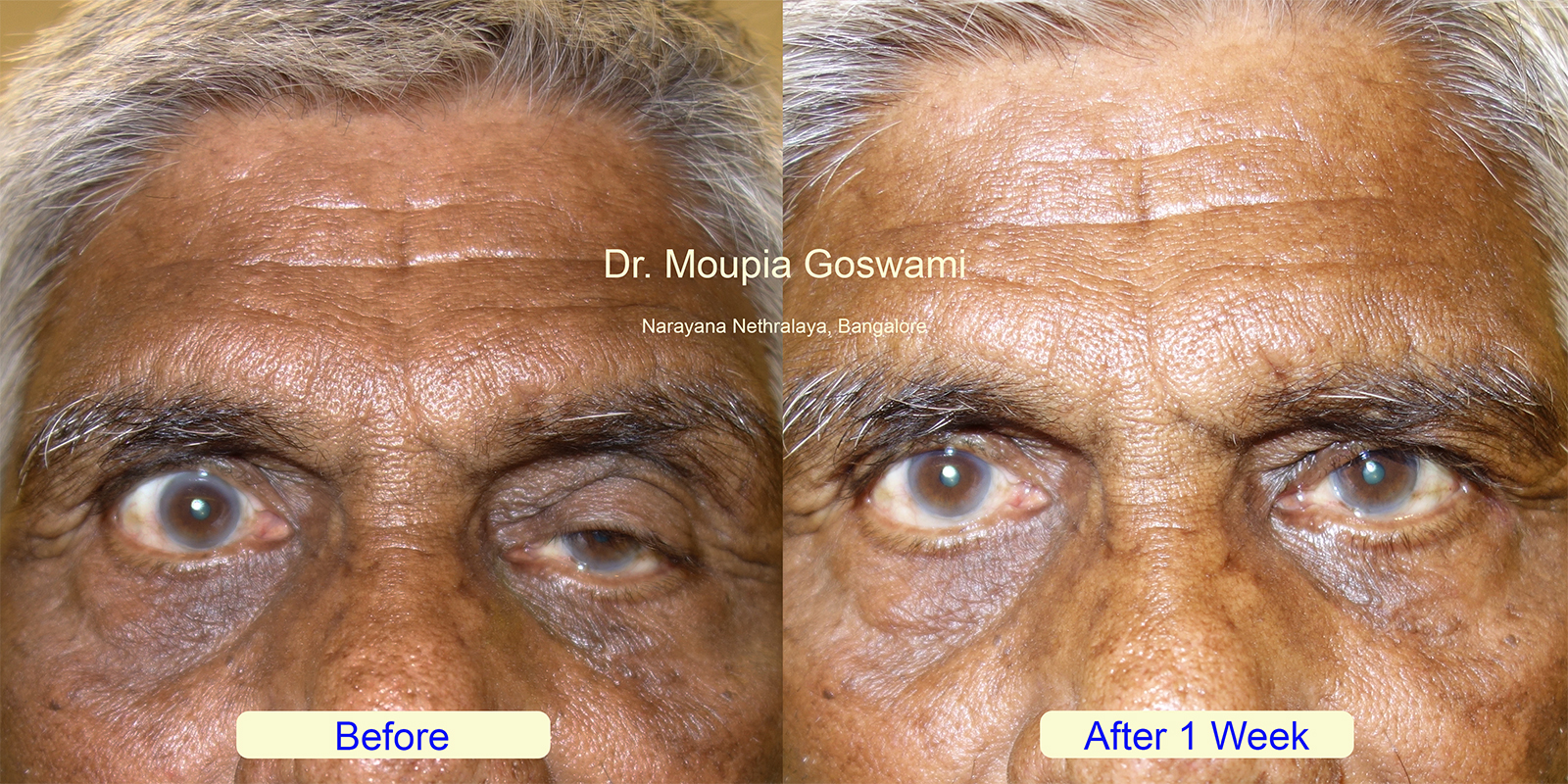Ptosis surgery is a specialized procedure to correct drooping eyelids caused by a condition known as ptosis. This condition occurs when the muscles responsible for lifting the upper eyelid weaken or lose function, resulting in a sagging eyelid that may affect vision, appearance, or both. Ptosis surgery is designed to restore the eyelid to its proper position, improving both functionality and aesthetics.
The procedure involves tightening or reattaching the eyelid’s lifting muscles, depending on the severity of the condition. In some cases, a sling may be used to help elevate the eyelid if the muscles are severely weakened. Ptosis surgery is highly individualized, ensuring the results are natural and harmonious with the patient’s facial features. For more details on surgical techniques, candidacy, and recovery, explore the additional sections on this page.
